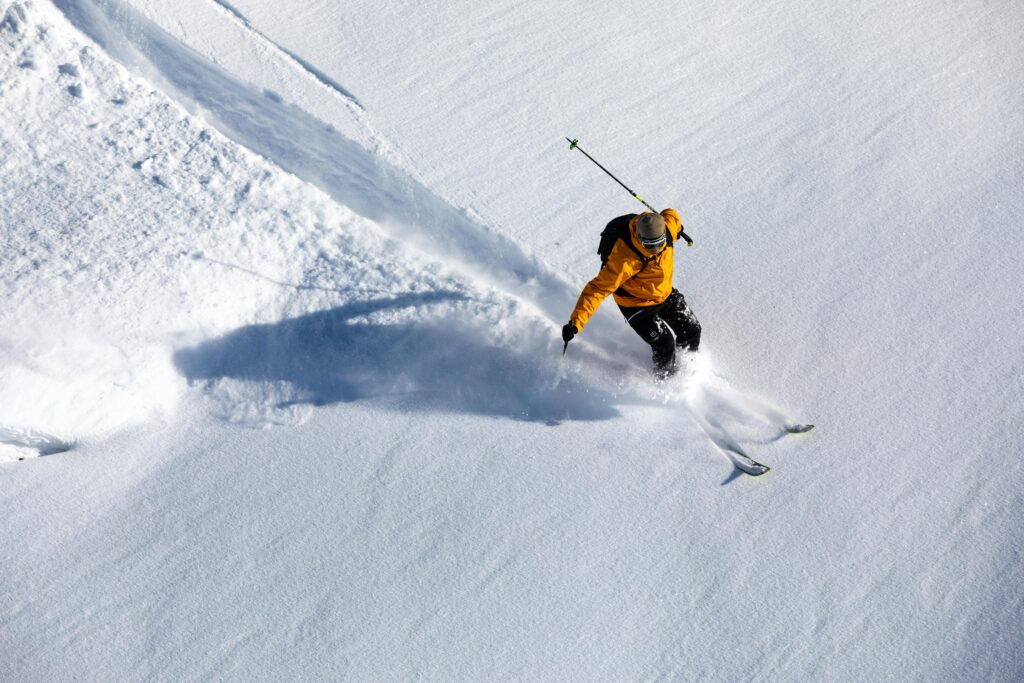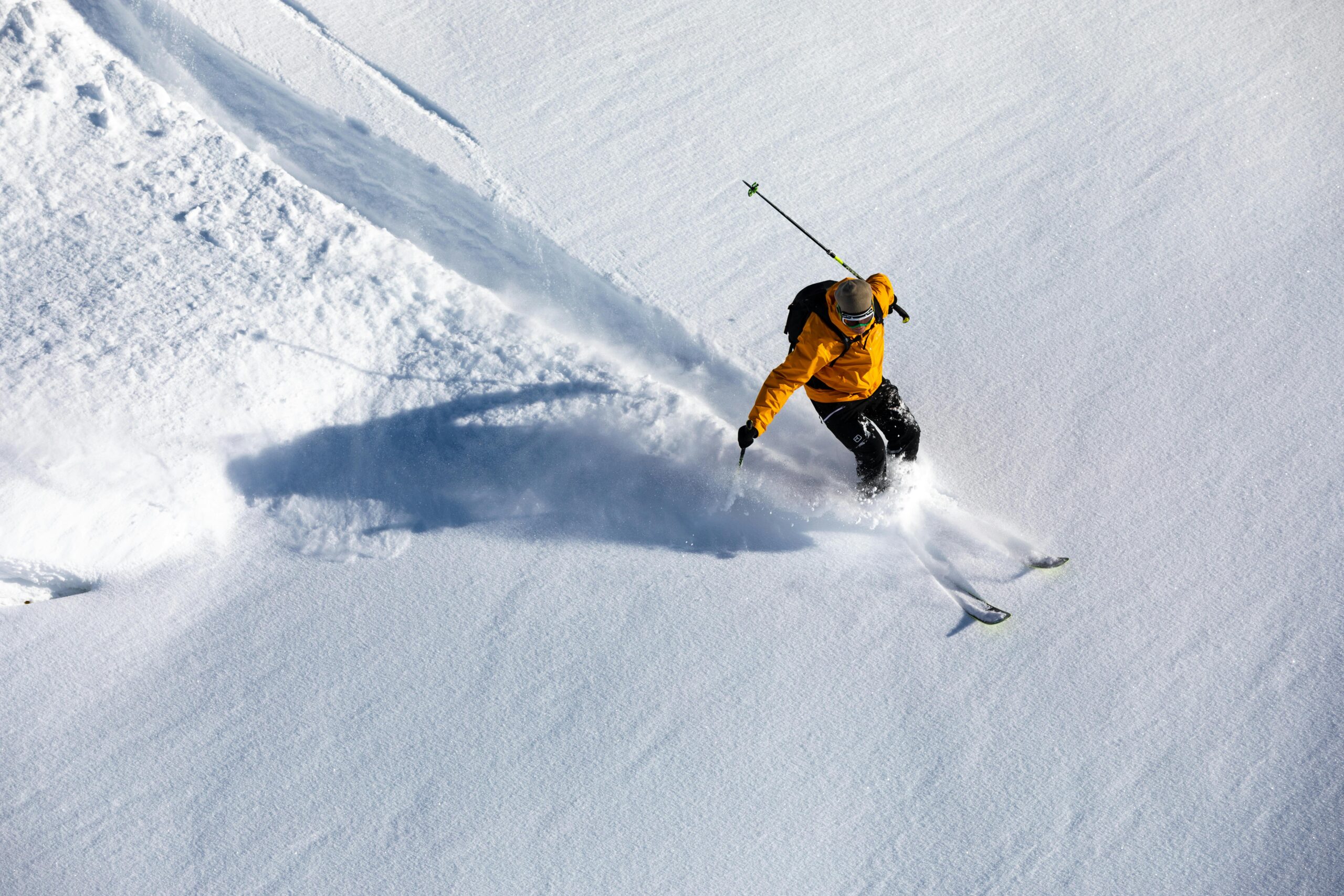
Okay here we go with another guest contributor to round off the week. This post on S&C for snow sports is by Ian Fisher, S&C coach for Leeds Met and former professional Cricketer including a fair few years with Yorkshire County amongst other pro sides in the UK.
Ian has been working with me for getting on 2 years now and delivers to TASS and uni athletes and has some excellent experience in the field to share on this site so I am pleased to have him contributing. I hope you will value his insights as I do.
Once again, Ian is a product of the internship programme and has passed his UKSCA accreditation in recent months alongside completing his degree in sports performance from Leeds Met. A great achievement for anyone.
Here we go with the post:
Strength training for Snow sports
Ian Fisher – IDF Performance BSc, ASCC
Firstly I’d like to say what a pleasure it has been to work with Dom Harington, a GB half pipe snowboarder over the past few months. Dom is a professional boarder and has wisely taken some time off this summer to try and make some strength and power gains to hopefully influence his performance in competition.
Half pipe snowboarding is a highly skilled, acrobatic sport, requiring high levels of strength and balance. Snow sports in general require good lower body eccentric strength, lateral and rotational control, to deal with jump landings, changing terrain, and the multi-directional nature of skiing and snowboarding. They also require the muscular and power endurance to be able to sustain this effort during a full run, or routine (Landis 2006).
Athletic Considerations
Here is a breakdown of how I went about the programming, with outlines of the stages of progression.
- Athlete movement screening – FMS movement screen
- Basic movement competency and mobility – Squats, Push, Pulls, Single leg, stability and core control, Range of motion throughout
- Injury reduction – Injury risks of the sport – ankles, knees, impact injuries of falling to wrists, whiplash of neck. Proprioception work, landing mechanics, multidirectional jumps and hops, unstable surface work.
- Work capacity phase – I used hypertrophy rep ranges, with supersets and tri sets, whole body approach each session. Lots of anti rotational core and stability work, with a mobility and IP during warm ups.
- Functional strength phase – Whole body approach, eccentric work on squats, single leg work, rotational strength, upper body still focussing on body weight competency, push ups, chins etc.
- Continued strength development with power – Complex approach of combining strength and power through supersets, Olympic lifts, monitoring of lower limb power through jump testing, rotational, vertical and horizontal power.
- Max strength and specific power – Increased sets of key strength exercises (squats, deadlifts, Single leg strength), power with multi-directional focus, eccentric landings, unstable to stable surface work.
Sample programme
A day from continued strength development with power complex phase
Warm Up – Hip ex rotations/abduction x 20ea, Glute Bridge and rotation reach x 10, Hopping With Stick 3 x 5ea, Hand Walk -Outs x 6, Spinal rotations x 20, Side spiderman x 10, Ov Head Squat x 10, Over head lunge x 10
| Exercise |
Sets |
Reps |
| A Hang Clean |
4 |
5 |
| B Hurdle Jumps |
4 |
5 |
| A Sumo Deadlift |
4 |
5 |
| B Broad jump good landing |
4 |
4 |
| A Wide Grip Chins |
4 |
5 |
| B TRX Cable rows |
4 |
10 |
| A Split Squat |
4 |
5 each leg |
| B Band Walks |
4 |
20 steps each direction |
| BB Rollouts |
3 |
10 |
AB indicates superset
Dom is working on a 3 day a week programme. For a look at Dom snowboarding click on this link, and for a more detailed insight in to the demands of snow sports, I found this article in the NSCA performance training journal, written by Joshua Landis CSCA who is considered a snow sports S&C expert based in Aspen really useful.
For any comments and questions regarding this article or any enquiry, please don’t hesitate to get in touch at idfisher@hotmail.com.
Regards
Ian Fisher BSc, ASCC
